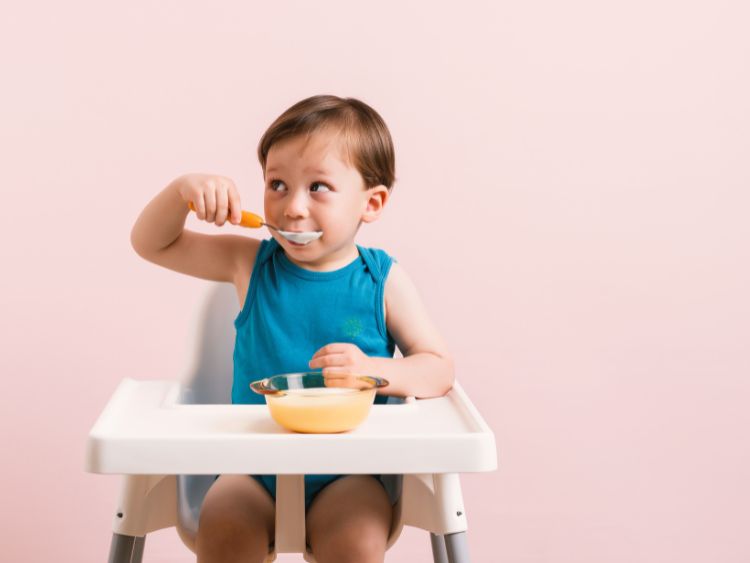Choosing the right baby food blender is not just about making mealtime easier; it’s about nurturing your baby with homemade, nutritious foods that support their growth and development. In this comprehensive guide, we’ll explore the essentials of selecting, using, and maximizing a baby food blender to create healthful, delicious meals for your little one.
Why should you consider a baby food blender? When you start introducing solid foods to your baby’s diet, blending homemade meals ensures that you know exactly what your baby is eating. You control the ingredients, from fruits and vegetables to grains and proteins, making sure your baby receives the best nutrition without the added sugars, salts, and preservatives found in many store-bought options. Plus, it’s a fantastic way to save money and reduce waste, ensuring meals are fresh and tailored to your baby’s growing taste buds and dietary needs.
Selecting the Right Baby Food Blender
When you’re in the market for a baby food blender, here are several key factors to consider:
1. Power and Speed
- A blender with adjustable speed settings allows you to create the right texture for your baby’s food, from smooth purees for beginners to chunkier textures for older babies.
2. Ease of Cleaning
- Look for blenders that are easy to disassemble with dishwasher-safe parts to save you time and effort.
3. Durability
- Investing in a high-quality blender can ensure it lasts through your baby’s early eating stages and beyond.
4. Size and Capacity
- Consider how much food you plan to make in one batch. Smaller blenders are great for quick meals, while larger models are ideal for batch cooking and storing.
5. Additional Features
- Some blenders come with steaming capabilities, allowing you to cook the food before blending it, which is a fantastic two-in-one feature for busy parents.
Using Your Baby Food Blender: Tips and Tricks
Once you’ve chosen your blender, mastering the art of baby food preparation is next. Here are some useful tips to help you whip up healthy meals:
- Start Simple: Begin with single-ingredient purees such as banana, avocado, sweet potato, or apple.
- Gradually Introduce New Flavors: Mix different fruits and vegetables. Add herbs and spices like cinnamon or mint to introduce your baby to new tastes.
- Ensure Proper Texture: The right texture is crucial, especially when introducing first foods. Use the blender to adjust the consistency to suit your baby’s eating stage.
- Batch Prepare and Store: Make larger quantities and freeze them in ice cube trays or small containers for easy future meals.
Transitioning Through Textures
One of the greatest benefits of using a baby food blender is the ability to transition through food textures as your baby grows and develops eating skills:
- Smooth Purees (4 to 6 months): Completely blended with no chunks.
- Thicker Consistency (6 to 9 months): Blend less for fine chunks that help babies learn to chew.
- Soft Chunks (10 months and up): Prepare soft food in small pieces that babies can pick up, promoting self-feeding.
Frequently Asked Questions
What are the best foods to start with in a baby food blender?
Start with soft, cook-friendly fruits and vegetables like avocado, banana, sweet potato, and pumpkin. These blend smoothly and are gentle on your baby’s stomach.
Can I add milk or water to the blender?
Yes, adding a little breast milk, formula, or water can help achieve the desired consistency and makes the food more palatable for your baby.
How often should I clean my baby food blender?
Clean your blender after every use to prevent food residue buildup and maintain hygiene.
Is it worth buying a blender with a steaming function?
If you value convenience, a blender with a steaming function is a great investment as it reduces the equipment needed and preserves more nutrients during cooking.
Conclusion
A baby food blender is a versatile, essential tool for parents wanting to prepare homemade, nutritious meals for their infants. It offers the flexibility to match your baby’s developing dietary needs and the convenience of quick meal preparation. With the right blender and a bit of creativity, you can ensure that your baby enjoys a variety of healthy, tasty foods that pave the way for good eating habits throughout their life.
By choosing the best baby food blender for your family’s needs and using it to its full potential, you empower yourself to provide the best for your child, nurturing their growth with every blend. So, why not start this fulfilling journey of making wholesome, homemade baby food today?



